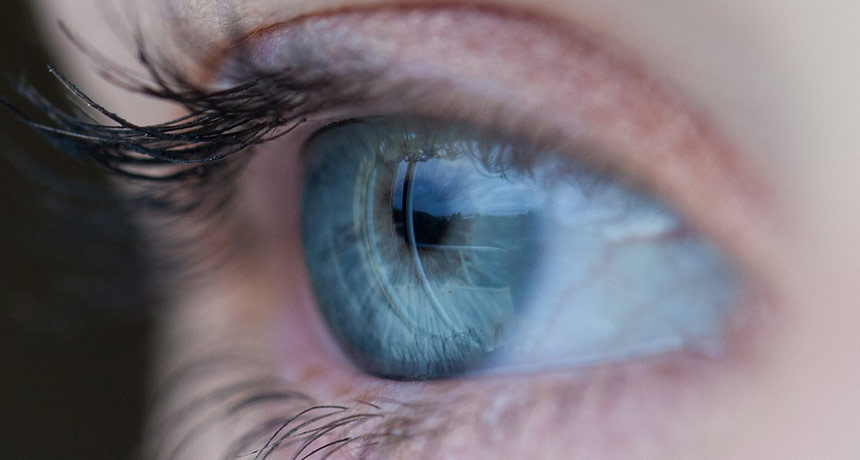Consistency in Blinking among Formula One Race Car Drivers during Each Lap

Every time a person blinks, the world goes dark for about one-fifth of a second. Although hardly noticeable to most people, for a Formula One race car driver traveling at speeds of up to 354 kilometers per hour, that one-fifth of a second could mean losing almost 20 meters of vision. For a driver who blinks up to 30 times a minute, this could result in the loss of up to 595 meters of visual information per minute- over a third of a mile.
Although people are often believed to blink at random intervals, recent research indicates that this is not the case for some Formula One drivers. In a study published in the May 19 iScience, cognitive neuroscientist Ryota Nishizono and his colleagues report how they found that drivers tended to blink at the same parts of the course lap after lap.
Nishizono, who works at NTT Communication Science Laboratories in Atsugi, Japan, was inspired to study how humans process information during physical activity from his past as a professional racing cyclist. He was surprised to find how little literature exists on blinking behavior in active humans even though a slight mistake could lead to life-threatening danger in extreme conditions like motor racing or cycling. Nishizono partnered with a Japanese Formula car racing team to examine how blinking behavior varies during high-speed driving.
The team mounted eye trackers on the helmets of three drivers and had them drive three Formula circuits- Fuji, Suzuka, and Sugo- for a total of 304 laps.
The team found surprising predictability in where the drivers blinked. The drivers had a shared pattern of blinking that had a strong connection with acceleration, with drivers tending not to blink while changing speed or direction, such as while on a curve in the track but did blink while on relatively safer straightaways.
Jonathan Matthis, a neuroscientist at Northeastern University in Boston who studies human movement, highlighted the trade-off between keeping our eyes moist and not losing vision during crucial tasks. Matthis says 'We think of blinking as this nothing behavior, but it’s not just wiping the eyes. Blinking is a part of our visual system.'
In the future, Nishizono plans to explore what processes take place in the brain that allow or inhibit blinking in a given moment and is also interested in how blinking behavior varies among the general population.
As a non-profit news organization, accurate and engaging news is very important to us. Your support helps us continue to provide free and accessible content to the next generation of scientists and engineers. Please donate today to invest in quality science journalism.




